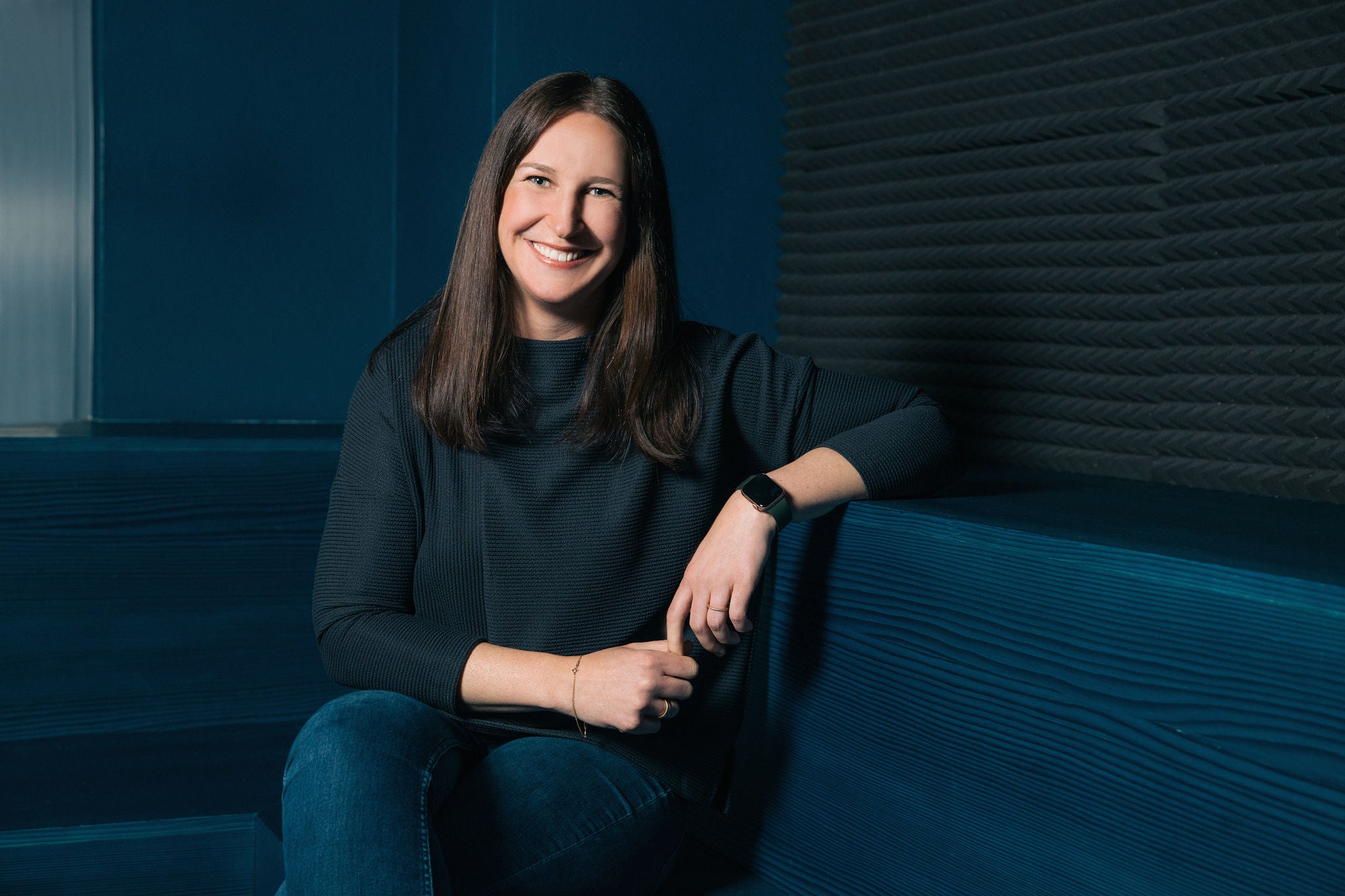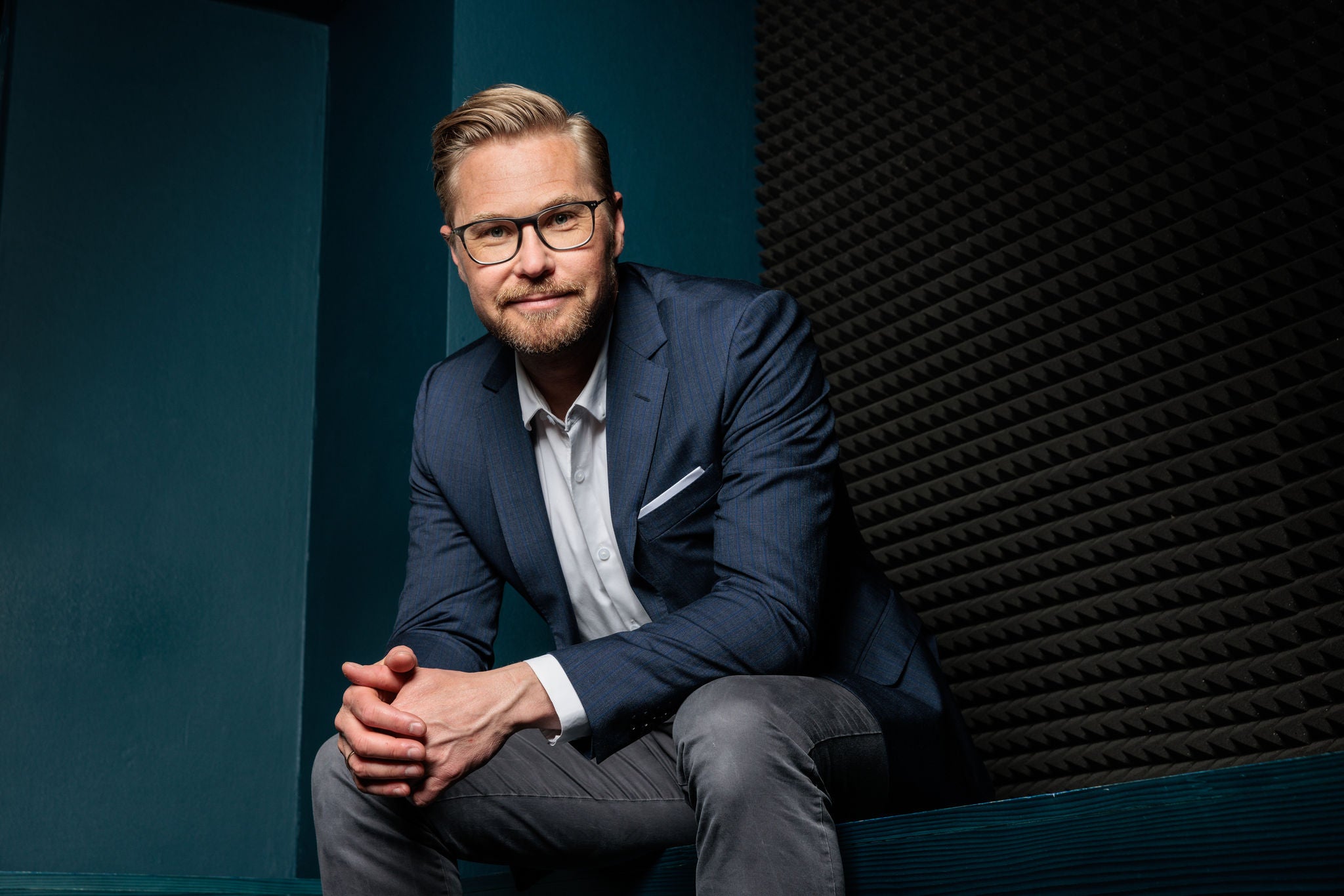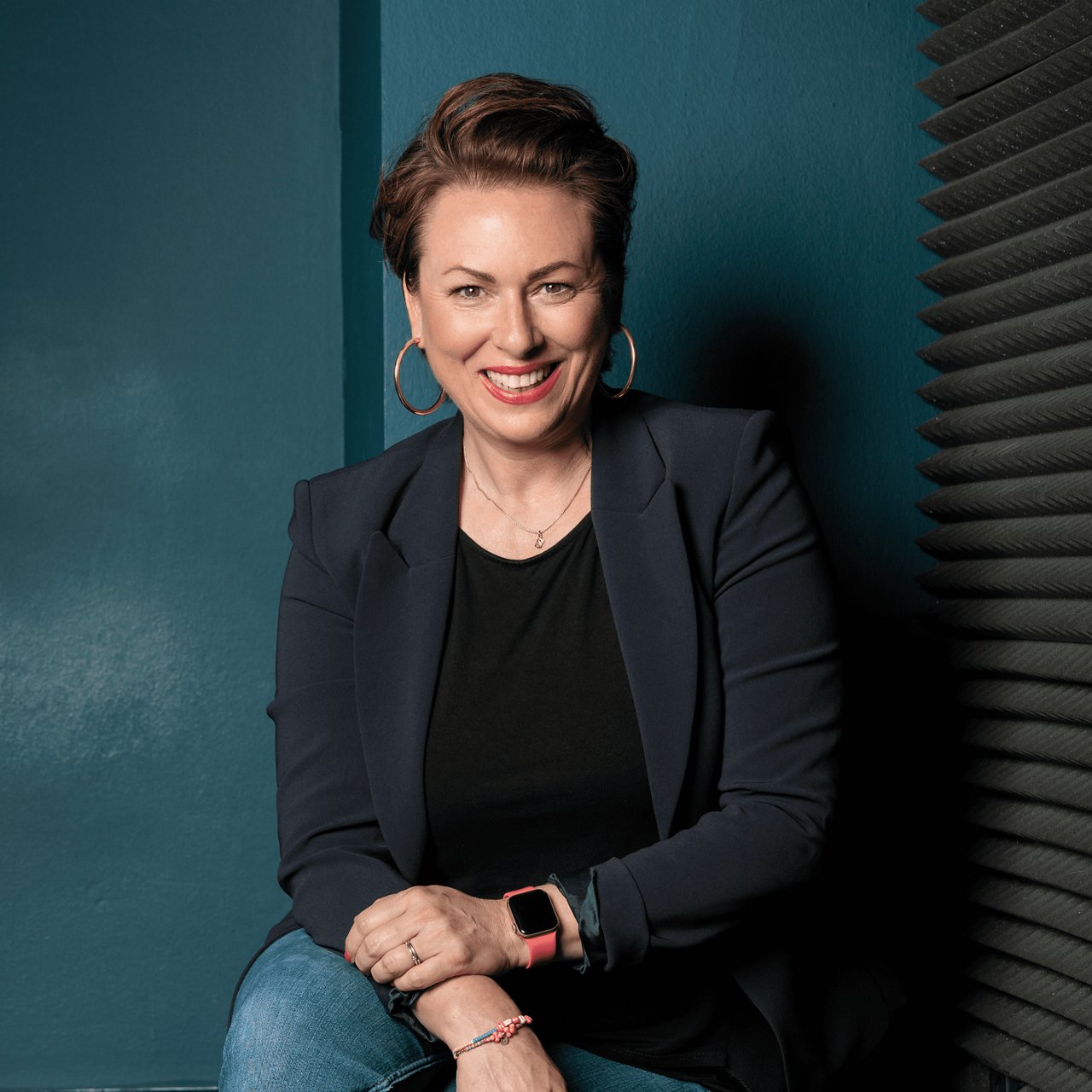Social media is important – that’s nothing new. But how can we make full use of the opportunities for modern brand communication?
Social media expert Verena Letzner gives us her assessment. Plus: Daniel Hoffmann, Managing Partner of TACSY, explains why influencers are so much more than advertising billboards and how brands and institutions can use their influence to their advantage.
I bet that I wouldn’t be telling you anything new if I were to say that social media is becoming increasingly important in the communication of brands, products and services. In 2024, around 219.8 billion US dollars were spent on social media advertising.
This total (and also the share in the total budget) is likely to increase further in the coming years – with a predicted annual growth rate of 3.86% between 2024 and 2028. Young e-commerce brands like US cosmetic company Glossier and British gymwear company Gymshark even claim that they pretty much only promote their products on YouTube or Instagram these days.
Social media is an obvious way to reach out to target groups who are becoming jaded by ads displayed to them in their private sphere – with brand contents that don’t feel like brand contents. With messages that look like recommendations from friends. And with ever-changing mechanisms that are reaching out to people who are no longer receptive to ‘classic’ advertising. The bi-directionalcommunication we are seeing in social media, where spontaneous customer feedback and direct interactions are at the fore, is gradually becoming the norm.
As technology and media become more and more complex, the number of platforms has been constantly increasing since 2010 – and at the same time, they have been battling it out among themselves for the attention of social media users. The platforms are focusing on sophisticated, AI-based algorithms that are relentlessly flooding people’s personal news feeds with interesting content. Or on creators who deliver daily recommendations of relevant products based on individual click, view, scroll and like behaviour, and on ‘infinity feeds’ that keep users glued to their phones for hours on end. It’s all about keeping users on the platform for as long as possible.
As a result of this development, agencies specialising in TikTok or Clubhouse, Gen Z experts in creator marketing and PR consultancies focusing on influencer campaigns have sprouted up everywhere in the past few years. And they’re even younger, even hipper and even more specialised, with all of them claiming to know the platforms and target groups the best. Is that important for brands? To begin with, yes. Especially in the case of new channels, which aren’t (yet) a firm fixture in companies’ media and communications mix, it is advisable to understand the mechanics, effectiveness and target groups behind them – preferably explained by people who are active on these platforms themselves. You can’t get more authentic than that and, especially in the early days, it certainly offers added value for many companies.
In the complex world of virtually never-ending possibilities, in which everything seems to be important, this is soon followed by the question “What’s next?”.
From a single-channel way of thinking to holistic storytelling: the future of social media in marketing and communication.
Managing Director
Serviceplan NEO

„If everything is a priority, nothing is.“
So it all comes down to choosing the channels that are relevant for my brand – which, admittedly, is not all that easy. And there is definitely no ‘one-size-fits-all’ answer. For a strategic and, above all, holistic view of things, a few questions need to be answered first: Which users are important for my company and where can I reach them? Which platform has which communication function along my customer journey? Which target group segment can I reach with which messages? Which budget do I need to calculate for each platform in order to make an impact?
In today’s social media world, it’s no longer just about proving your creative and media excellence on one single platform (that would just be a drop in the ocean), but about expertly combining all of these touchpoints. As effectively and efficiently as possible – and with consistent and coherent holistic brand management. Not that that’s anything new, of course: I can remember back to my first tentative steps on social media more than 15 years ago when I was asked by a company to open a channel on Twitter (now X) to accompany an event and publish various content on it. Back then, it was clear that that wouldn’t be possible without coordinating with various teams and embedding everything into the overall communication.
Creative stories, told in a channel agnostic way, are the ‘secret sauce’ of modern, effective brand communication.
A lot has happened since then – product launches on TikTok, start-up stories on Instagram and recruitment successes on LinkedIn are almost becoming the norm in our news feeds. We have understood that the potential is there. But getting this potential to work for us is the job of modern brands that want to reap the full potential of social media for themselves.
- Everything begins with the business and communications goal, which sounds perfectly logical, but sometimes gets forgotten in the race for more likes, shares, comments and followers.
- Integrated planning (preferably in cross-functional teams) is becoming an essential factor for brands. The skills of the holistically thinking experts behind it are vital to any company’s success. The integrated planning is followed by an orchestrated implementation.
- That means bringing about changes in our structures and the way we work. And also in the way people think.
- Being in command of the platform algorithms (or at leastbeing aware of their functions and using them to your advantage) will become an integral part of the implementation. After all, not everything in the social media universe can be controlled at will.
- The ‘test-learn-optimise’ cycle based on key figures and proof of impact is the final part of the next iteration phase.
The Future of Brand Communication is Multidimensional
In light of the rise of Clubhouse (what was that again?) or the decline of Facebook (yes, it still exists!), I wouldn’t dare to try and predict the next new, must-use platform that everyone will be talking about in the future. This is because I don’t believe that the social media game can be won by ensuring perfection on all channels, but rather by using all of the options available to us in a smart way. The future of communication, in my opinion, will include a bit of everything. Social media AND classic communication. Always-on AND campaigning. Elaborately produced lighthouse projects AND self-made reels. Long-term branding AND short-term performance. Influencer content AND brand content. Meals AND snacks AND bites. And as there are limits to all budgets, it will be about understanding specific INFLUENCES and IMPACT in the diversity of channels, content, messages and creators, and making them measurable. And also about aligning our actions accordingly. That’s something I still find really exciting – even after 15 years in the social media business.
They tell us which styles are currently in, which eating habits are en vogue and where we should be going on our next trip. By providing us with authentic insights into their lives, they invite us along with them, make us laugh and inspire us. They show us what works, how it works and also what doesn’t work at all. And sometimes they even tell us what we should be thinking. That’s right – I’m talking about influencers!
Managing Partner
TACSY

The Influencer Market is Booming
By the end of 2024 it is projected to be worth about 24 billion dollars, 622 million of which in Germany alone. Influencers have a hand in shaping the shopping behaviour of 85% of Gen Zers – and even 9% of baby boomers. And in 2023 the platform HubSpot found out that one in four marketing managers had already worked with influencers.
Despite these impressive facts and figures, influencer marketing is often still viewed with a critical eye or not really taken seriously. And even if most people around me have come to understand the relevance of influencers, we still hear far too many comments in the agency along the lines of: “Why should we pay this 20-year old guy so much money?” or “How did the Hawk Tuah girl make it so big?”. (Which, by the way, is a very interesting question that might well deserve an article of its own.)
But let me change perspectives so that I can give a rational response to the criticism. Let’s look at influencers and their channels from a media point of view. The creators’ media data provide us with information in black and white about their reach and the sociodemographic attributes of the communities that we could potentially get through to. And even during a campaign, it is possible to track exactly who has been reached and what has been achieved.
Not many media – other than social media – can offer that at such a speed and with such precision. So are people still asking why a creator with 3.5 million followers is charging as much for a video as the price of a full-page ad in Germany’s biggest daily newspaper? Unfortunately, yes they are. We see real people on the influencers’ channels. People we can identify with and who feel approachable to us. For that reason alone, we view them more critically than we would something abstract like a display banner.
Influencers are hybrid marketers
On the one hand, they are a media instrument because they contribute a certain reach and performance that we can predict and evaluate. And on the other, they are testimonials because they are brand ambassadors, multipliers and the face of the brand or cause. And thirdly, they are content creators, because in most cases they produce their content themselves, which a lot of people don’t realise and which ultimately saves on production costs. Armed with this knowledge, we can approach influencer marketing in a much more targeted way and integrate it into our own marketing plan. But that’s not all...
Influencers are so much more than advertising billboards
Sure, most of them earn their money either from promoting products and services in different ways or by showing ads before their own content. And that’s totally fine and legitimate of course. After all, it was their content and their personalities that made them influencers in the first place, and it was only later that the placements that they are now earning a living with came their way. But many influencers also use their reach to drive forward and support important social issues. For example, we enlisted the help of over 20 influencers to draw attention to the European elections on behalf of the European Commission in 2024. And many ministries we work for have since realised that there are certain target groups that they can only reach via influencer marketing. For the successful ‘Rainbow Wool’ project by Serviceplan Cologne, we managed to get influencer, singer, icon and Netflix star Bill Kaulitz on board as patron, and also won the support of a number of other influencers. Without them, this extremely important project would never have generated so much attention.
How do successful influencer cooperations work?
When we launch an influencer campaign with our clients, we always need to find out what our contacts on the client side know about influencers and what their expectations are of them. And by the same token, we also have to interact with the influencers whohave made it into the final selection and work out in each case how we can make the collaboration successful together. Yes, we book a certain service from them, for example two feed posts, four stories and the rights to promote the contents – and that comes at a certain price. But we, as an agency, and our clients are both responsible for making the most of these collaborations and giving the influencers the creative freedom they need to design their content in a way that really appeals to their communities. If we restrict them too much, we run the risk of the content falling flat and ending up being overlooked in the creator’s feed. But, on the other hand, if we approach them with an open mind, they will be more likely to create content that will continue to appeal to people on their channels even in the long term.
Influencer Marketing is an exciting social media, creative and media discipline
Influencer marketing can play a role in any campaign or cause as long as it is designed, managed and implemented with the required care and attention. From promoting products and services to employer branding and socio-political issues, influencers can be deployed in a variety of ways and for any thematic niche – and it can be a lot of fun working with them. The challenge lies in finding the right well-known (or semi-well-known) personality and getting them on board for a campaign.
P.S. Shameless plug alert! Excuse the self-promotion, but we were asked to advise the developers of fictional German TV series ‘Bad Influencer’ on the technical and content aspects of influencer marketing and contribute our own perspective. The show, which sheds light on the world of influencers in a satirical way, is available (for our readers in Germany) to watch in the ARD Mediathek.
First published in TWELVE, the magazine by Serviceplan Group for brands, media, and communication.



